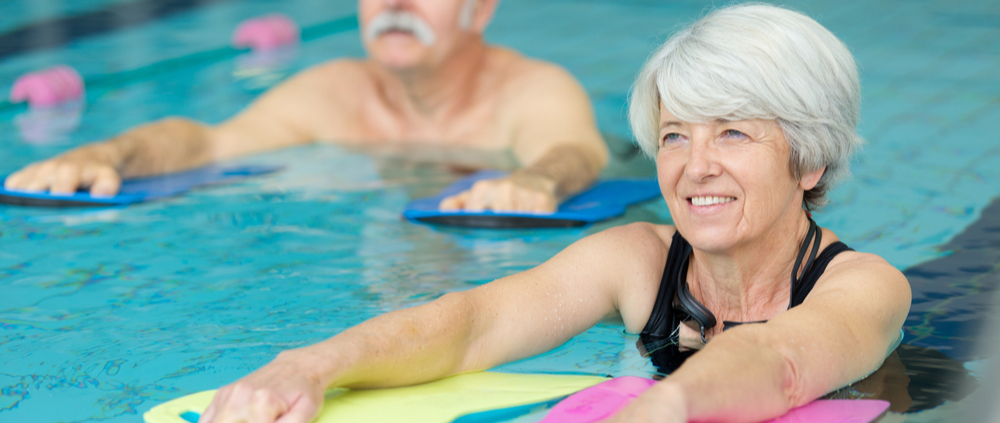Is Aquatic Therapy Right For Your Patient?
Physical therapy, historically, has been helping people since the early 1900s. However, the healing benefits of water for the human body date back to ancient Greek and Roman times. After battle, warriors and gladiators would soak in hot springs because they realized they were able to recover faster and get back to battle.
Fast forward, as physical therapists our number one job today is getting patients back to their previous level of function, or ‘back to war!’ We have learned what the ancients already knew, that water has many therapeutic properties including buoyancy, resistance, pressure, and warmer temperatures. These properties allow the patient to exercise with less impact to improve skills at all functional levels:
- Strength: water is natural resistance, movement patterns allow gentle exercise with buoyancy to allow for improved tolerance to strength exercises.
- Flexibility: warm water increases tissue temperatures to generate a comfortable environment for mobility exercises and improved range of motion.
- Endurance: water is denser then air, therefore it is harder to do exercises in water than on land. This can be a stepping-stone to improve tolerance for activity on land.
Aquatic therapy has many benefits for the patient following injury as compared to a traditional land setting by removing gravity. Acute sprains, strains, and fractures with decreased weight baring are great candidates for the pool. Patients can benefit from aquatic therapy or land therapy individually. They can also benefit from a combination of land and water therapy working together. The plan of care may look different for each patient. Some patients need one visit of land with one visit of aquatics each week, or half the session on land for manual therapy and half on water in the same day for exercises. Patients with poor tolerance to exercises due to chronic pain conditions may thrive in the water to build confidence to perform functional skills on land including; osteoporosis, arthritis, fibro myalgia, and balance disorders.
Aquatic therapy is a modality to aid the therapist in their quest for helping our patients get better faster, and back to their lives…or war!
Meagan Gearhart, PTA, is a Physical Therapist Assistant treating in the outpatient setting. She has extensive experience in not only aquatics but also in orthopedics, post-surgical and non-surgical diagnoses, and a variety of conditions pertaining to musculoskeletal conditions and injuries.



